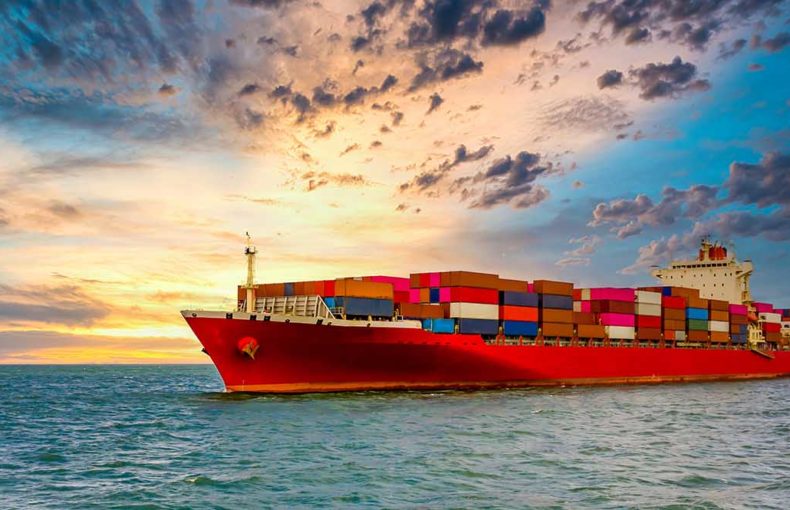Managing Supply Chain Disruptions with Maritime Data and Analytics
Data provides you with the information you need to manage supply chain disruptions. From strategic planning to timing delays and transparency, data helps maritime operations navigate today’s challenges.
Supply chain stability and shipping delays are all over the news. Daily newspapers, monthly trade publications, and everything in between are reporting on missed deadlines, lost cargo, and COVID-19 shutdowns. With the holiday season looming and companies beginning Q4, we’re facing the close of the fiscal year. It’s important to look back and understand what happened and what could be improved upon to help build a more robust and resilient supply chain.
When 90% of the goods used world wide are transported via the ocean, it makes sense to look at maritime cargo and shipping first to determine where delays begin. A recent Time article by Alana Semuels tracked the journey of Jani, a 4-foot plush giraffe from China to a Texas warehouse and then to her final destination in San Francisco. The article used Spire data and other sources to track the stuffed giraffe and Semuels estimated that Jani was supposed to be put on a ship that was “supposed to arrive on November 11, but did not get to a container terminal at the Port of Los Angeles until November 16. Then, it sat for seven days before it left…”
Stories like these are everywhere. They detail a supply chain wrought with bottlenecks due to a surge in volume that is further complicated by inflation and a pandemic. Delays span ocean cargo, trucking, rail carriers, and terminals – it’s an issue across the transportation sector that can’t be solved by one industry.
Standing out in challenging times
So how do you compete? How do you stand out amid delays and missed deadlines? Transparency, customer service, and tools to help you predict more accurate outcomes. Data solutions and analytics tools can help you track vessels from remote ocean waters to congested trade routes and analytics can help you estimate more accurate port ETAs, optimal travel speeds, and ensure crew and cargo safety.
Our new port congestion tool was just featured in the SendX blog. The tool allows you to visualize your supply chain, see turnaround times for a selection of ports around the world, including weekly evolution charts, and it’s free to use.
Data for better transparency and accurate scheduling
Spire Maritime collects global satellite data that integrates easily with outside platforms, offers enhanced coverage and better quality and performance while incorporating the latest technology innovations.
Ask for what you need
Spire Maritime 2.0 uses GraphQL, an open-source data query language to request and subscribe to only the data fields you are interested in. GraphQL is already used by some of the most innovative companies in the world. With GraphQL, there will now be a single point of integration versus multiple API’s and endpoints for Spire’s always expanding set of Maritime data.
Reach out
I’m always interested in hearing from people. If you have a maritime challenge you are looking to solve or are just interested in how data is impacting maritime operations, reach out to me on LinkedIn or contact Spire Maritime and we will send a free data sample your way. Working with data has become convenient and cost effective for operations large and small. I would love to start a conversation about how data can improve your maritime operations.
 Written by
Written by


